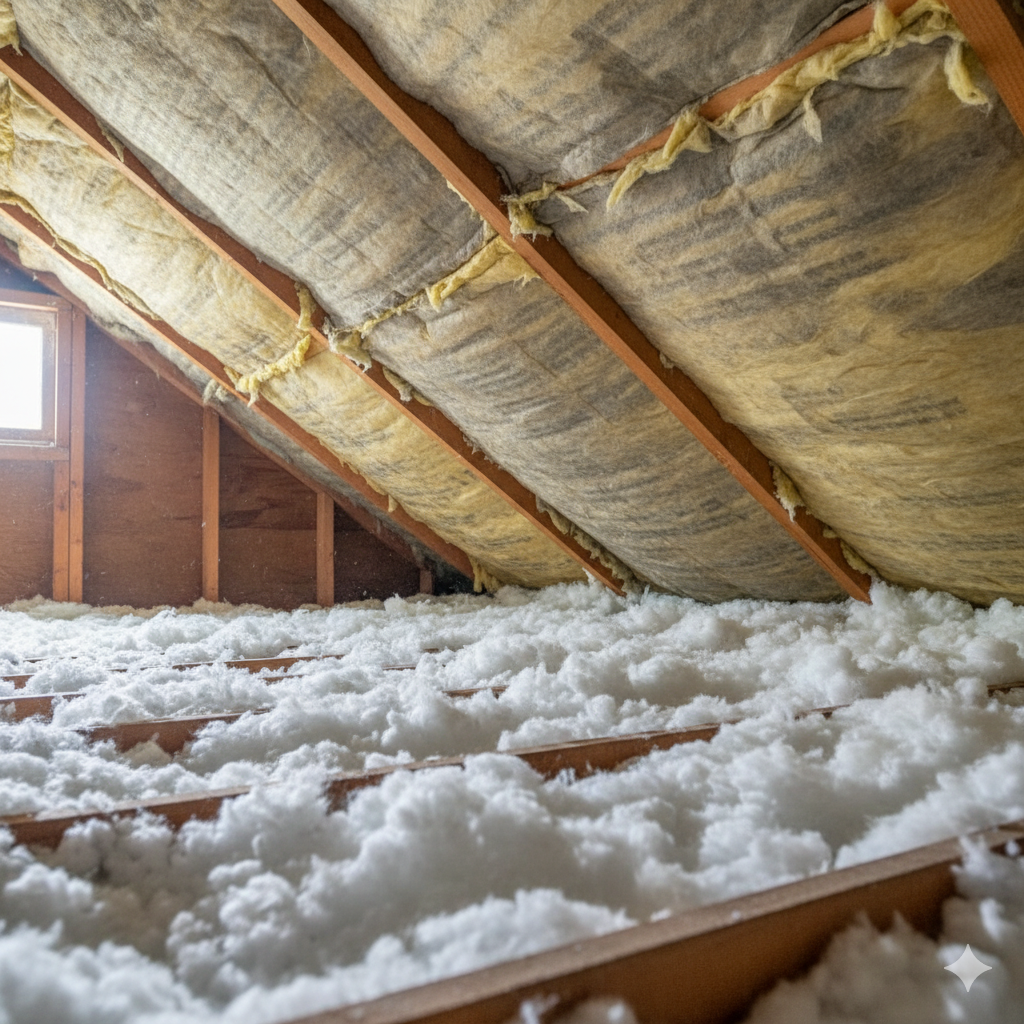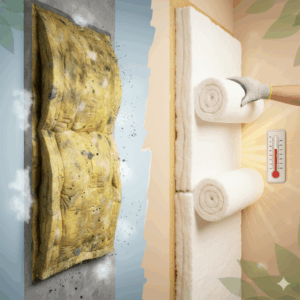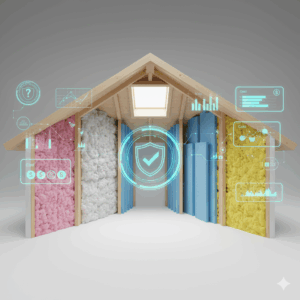Determining whether your attic has enough insulation is crucial for energy efficiency, comfort, and cost savings. Proper attic insulation helps maintain consistent indoor temperatures, reduces heating and cooling bills, and prevents moisture-related damage. Homeowners can inspect the thickness, type, and condition of existing insulation or consult a professional attic insulation contractor to evaluate the home. Understanding the types of insulation available and their benefits is essential before making upgrades.
Signs That Indicate Your Attic May Need More Insulation
Homeowners can benefit from professional home insulation services to identify deficiencies in their attic. Several indicators suggest that attic insulation may be insufficient:
- Unusually high energy bills during summer or winter.
- Drafts or uneven temperatures in different rooms.
- Ice dams forming on the roof in cold weather.
- Visible gaps or compressed insulation in the attic.
For a detailed comparison of materials, homeowners can refer to Types Of Attic Insulation Materials to choose the right insulation for their home’s needs.
How Does Attic Insulation Affect Energy Efficiency?
Proper insulation in the attic significantly reduces energy loss by preventing heat transfer through the roof. During winter, it keeps warm air inside, and in summer, it limits heat from entering the home. A well-insulated space also reduces the workload on HVAC systems, helping extend their lifespan. Homeowners may consult a professional insulation company to determine the R-value needed for optimal performance based on regional climate conditions.
Common Types of Attic Insulation
| Insulation Type | Description | Pros | Cons |
| Fiberglass Batt | Rolled fibers installed between joists | Affordable, easy to install | Can leave gaps if poorly installed |
| Blown-in Cellulose | Loose-fill insulation applied with a blower | Fills irregular spaces, good thermal performance | Settles over time, may require professional installation |
| Spray Foam | Expands to seal gaps and insulate | Excellent air sealing, high R-value | Expensive, professional installation required |
| Mineral Wool | Dense fibers with fire resistance | Soundproofing, moisture resistant | Higher cost than fiberglass |
Understanding the Pros & Cons Of Attic Insulations helps homeowners select the best option for their needs.
How Much Attic Insulation Do You Really Need?
The amount of insulation needed depends on factors such as attic size, current insulation levels, and local climate. In many regions, recommended R-values range between R-38 and R-60. Homeowners can evaluate their current insulation depth and quality to determine if upgrades are necessary. For precise guidance, How Much Attic Insulation Do I Need? provides comprehensive calculations and recommendations.
Blown-in vs. Batt Insulation: Which is Better?
Homeowners often weigh the benefits of blown-in insulation vs. batt insulation. Blown-in insulation fills gaps and is ideal for irregular spaces, while batt insulation is cost-effective and easier to install in open joist areas. Understanding the pros and cons ensures homeowners make informed choices for energy efficiency and comfort.
Cost Considerations for Attic Insulation
Attic insulation installation or upgrades involve several cost factors:
- Type of insulation material
- Square footage of the attic
- Labor and professional installation fees
- Removal of old insulation if necessary
For a detailed overview, What is the Costs of Attic Insulation provides average pricing, budgeting tips, and cost-saving strategies for homeowners.
When Should Attic Insulation Be Replaced?
Insulation does not last forever. Over time, materials can settle, become compressed, or suffer damage from pests and moisture. Common signs that replacement is needed include visible gaps, uneven coverage, or significant energy bill increases. When Does Attic Insulation Need To Be Replaced? offers clear guidance on timing and conditions that warrant an upgrade.
Attic Insulation Removal: What to Know
Removing old insulation can be necessary before installing new materials, especially if the current insulation is damaged, contaminated, or insufficient. This process requires careful handling to avoid exposure to dust, fibers, and potential contaminants. Homeowners can review Attic Insulation Removal Cost: Complete Overview for step-by-step guidance and estimated costs.
Choosing a Professional Attic Insulation Contractor
Selecting a certified attic insulation contractor ensures that installation is performed safely, efficiently, and according to local building codes. Experienced professionals can recommend suitable insulation materials, calculate the required depth, and optimize energy efficiency. Partnering with a trusted attic insulation company guarantees a long-term solution that maximizes comfort and cost savings.
Benefits of Proper Attic Insulation
- Energy Savings: Reduces heating and cooling expenses.
- Improved Comfort: Maintains consistent temperatures year-round.
- Noise Reduction: Insulation also acts as a sound barrier.
- Moisture Control: Prevents condensation and mold growth.
A well-insulated attic is an investment that contributes to the overall performance of a home’s insulation in attic systems.
Maintenance and Long-Term Considerations
Regular inspection of attic insulation is important to maintain effectiveness. Checking for moisture, settling, and damage helps homeowners plan timely upgrades. A professional attic insulation contractor can provide periodic assessments and ensure insulation continues to perform optimally over time.
Conclusion
Determining if your attic has enough insulation is essential for comfort, energy efficiency, and long-term home protection. By understanding insulation types, evaluating current levels, and consulting professionals, homeowners can make informed decisions that maximize benefits. For expert attic insulation services and professional guidance, trust Guardian Home Energy for reliable installation, assessment, and maintenance.
FAQs
- How can I tell if my attic insulation is sufficient?
Check insulation depth, look for gaps, and monitor energy bills.
- What is the best type of attic insulation?
The best type depends on your attic structure, budget, and desired R-value.
- How much does attic insulation cost?
Costs vary by material, attic size, and labor; see detailed averages in professional cost guides.
- Do I need to remove old insulation before upgrading?
Not always, but removal may be required if insulation is damaged or contaminated.
- Can I install attic insulation myself?
DIY is possible for some types, but a professional contractor ensures proper coverage and safety.





